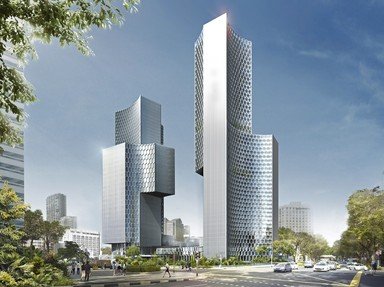
Architecturally Sound Trivia Quiz
Some of these buildings have stood the test of time and are from all different periods, encompassing many different styles of architecture. Can you match each architectural style with a building in that style?
A matching quiz
by lones78.
Estimated time: 4 mins.